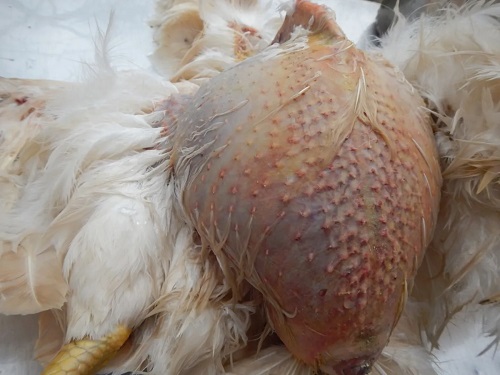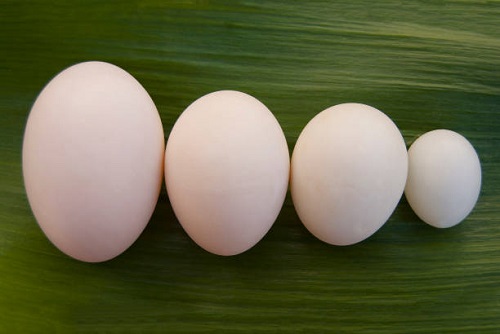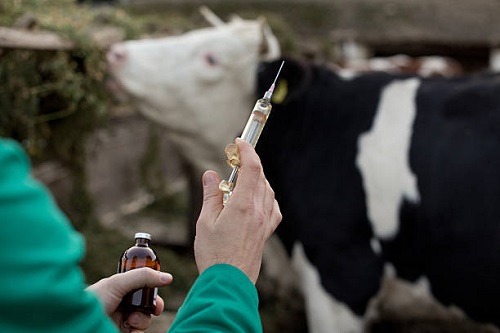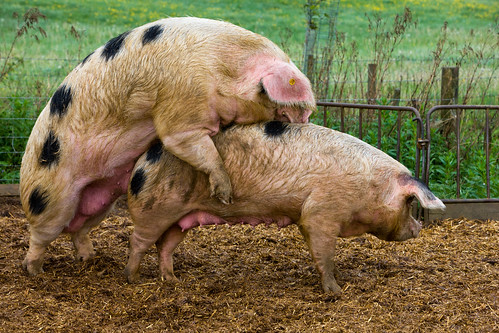If you’ve been finding more chickens in the flock dead with darkened or purplish heads, or if you’ve seen smaller birds waddling around with what look like large, fluid-filled abdomens, there is a high possibility the chickens are suffering from a condition called ascites syndrome. In this article, we’ll explain what ascites is and some of the factors that can contribute to its occurrence.
What is Ascites in Chickens?
Ascites is a pathological condition that is usually related to the accumulation of body fluid, especially in the abdominal cavity of chickens. This fluid is composed of lymph and blood plasma and is caused by the body’s inability to supply the required oxygen demand (hypoxia).
Ascites is also known as avian ascites, water belly, avian edema and pulmonary hypertension syndrome. It is a serious condition that requires quick intervention because it is fatal and could lead to the death of the bird. This condition or syndrome is a problem of global importance in poultry, most especially in fast-growing poultry species such as broilers. It is common with broilers and older laying hens.
Symptoms or Signs of Ascites in Chickens
A chicken suffering from avian ascites usually exhibits the following signs and symptoms.
- Swollen abdomen
- Red abdominal skin
- Panting
- Depression or dullness
- Cyanosis of the wattles and comb
- Stunted comb
- Pale head
- Lethargic behavior
- Bristly plumage
- Difficulty in walking
- When handled the fluid in the abdominal cavity can be palpated.
Also Read: Coccidiosis in Poultry: Signs, Control & Prevention
Pathological Causes of Ascites in Chickens
When a bird has pulmonary hypertension where there is high blood pressure in its pulmonary arteries that carry oxygen-poor blood from the right side of the heart to the lungs. This causes the heart to fail and increases the blood pressure in the veins. There is also an extreme build-up of fluid in the liver which leaks into the abdominal cavity of the chicken resulting in a “water belly”.
Predisposing or Risk Factors
Some of the factors that predispose chickens to ascites include:
- High altitudes
- Poor air quality or ventilation
- High stocking density
- Cold
- Genetics
- Old age
- Congenital heart disease
- Lung infections such as pneumonia
- Excess salt in the body or salt intoxication
- Poor hygiene, dirty pen, dirty feeders and dirty drinkers.
- Overfeeding, too much body fat deposition and rapid growth.
Read: 12 Common Poultry Diseases, Symptoms & How to Treat them
Treatment and Prevention of Ascites in Chickens
- Eliminate bacteria and mold in the rearing facility. The accumulation of bacteria and mold in the facilities exposes the chickens to infections that could cause poor breathing and infection of the respiratory system. Hence, clean and disinfect the pens and equipment regularly. This will prevent ascites from being generated by bacteria or other harmful microorganisms.
- The feed could be reduced up to 25% from day 7 to 21 of the chicken’s life. This measure slows initial growth and generates longer production cycles but will reduce the chances of ascites.
- Provide a less energy-dense ration or diet in the early stage of life (7-21 days of age).
- Reduce daylight hours to avoid overfeeding.
- Restrict the time of access to feed rather than allowing the birds to eat at will.
- Decrease the particle size of the feed or switch from pellets to mash.
- Increase the levels or amount of vitamin C, E and selenium in the feed as it improves intestinal.
- Use polyunsaturated fats such as omega 3 as it contains epoxides that help generate better liver activity, which results in a better ability to eliminate fluids. With this, it is possible to reduce right ventricular hypertrophy in chickens.
- Monitor the levels or amount of sodium chloride in feed and water. You can add baking soda to the feed to improve blood oxygenation.
- Maintaining proper ventilation to increase oxygen supply within the rearing pen and avoid overcrowding.
- Ensure optimal ambient temperature always. Provide heaters during extreme cold.
- Avoid the use of sawdust for birds raised on deep-litter pens. Wood shavings, rice straws, etc. are recommended.
- Avoid building pens at high altitudes. Anything above 900 meters is not recommended.




very helpful staff thank you so much
i have a 100 batch of broilers and i lost one bird in two weeks coz of this